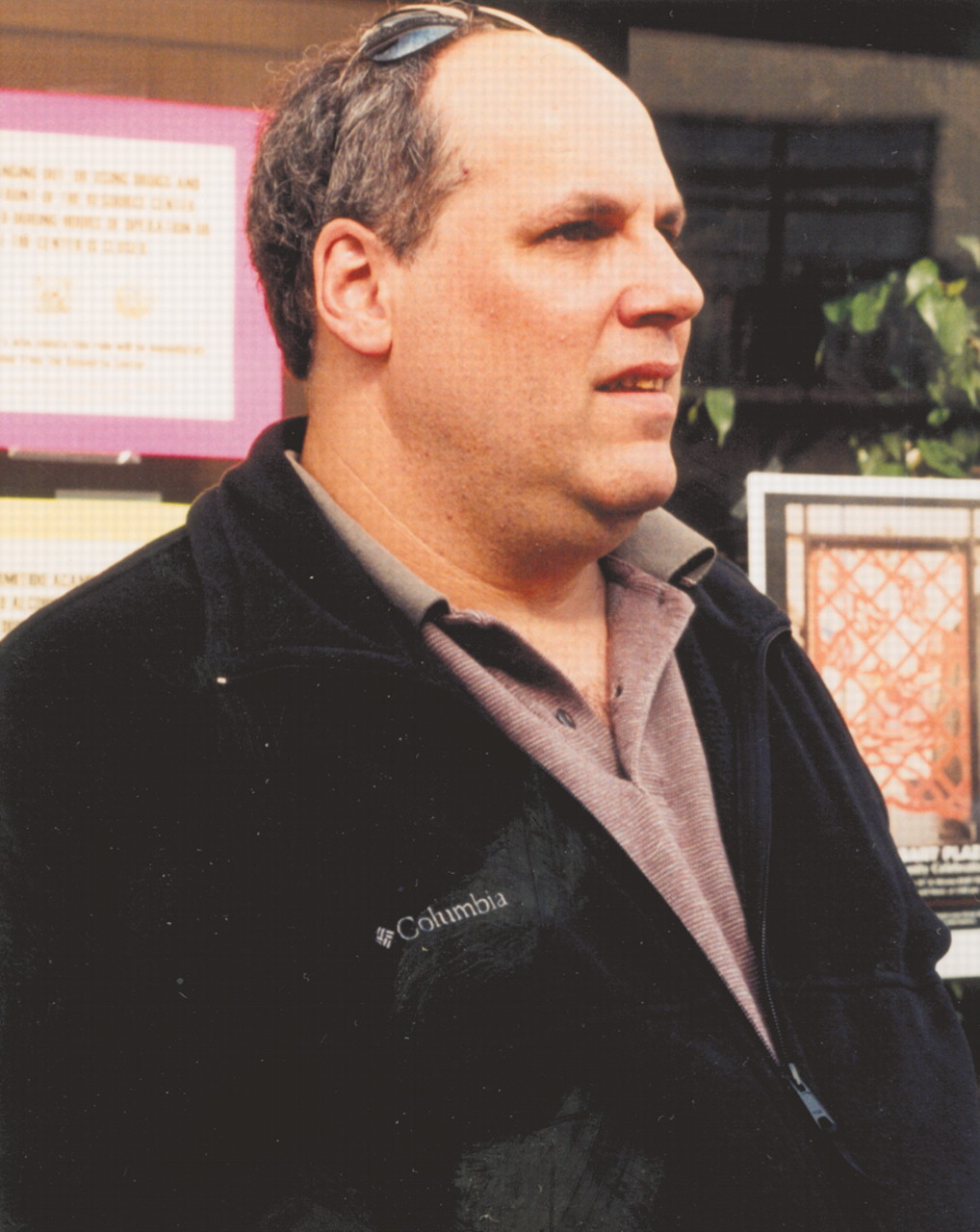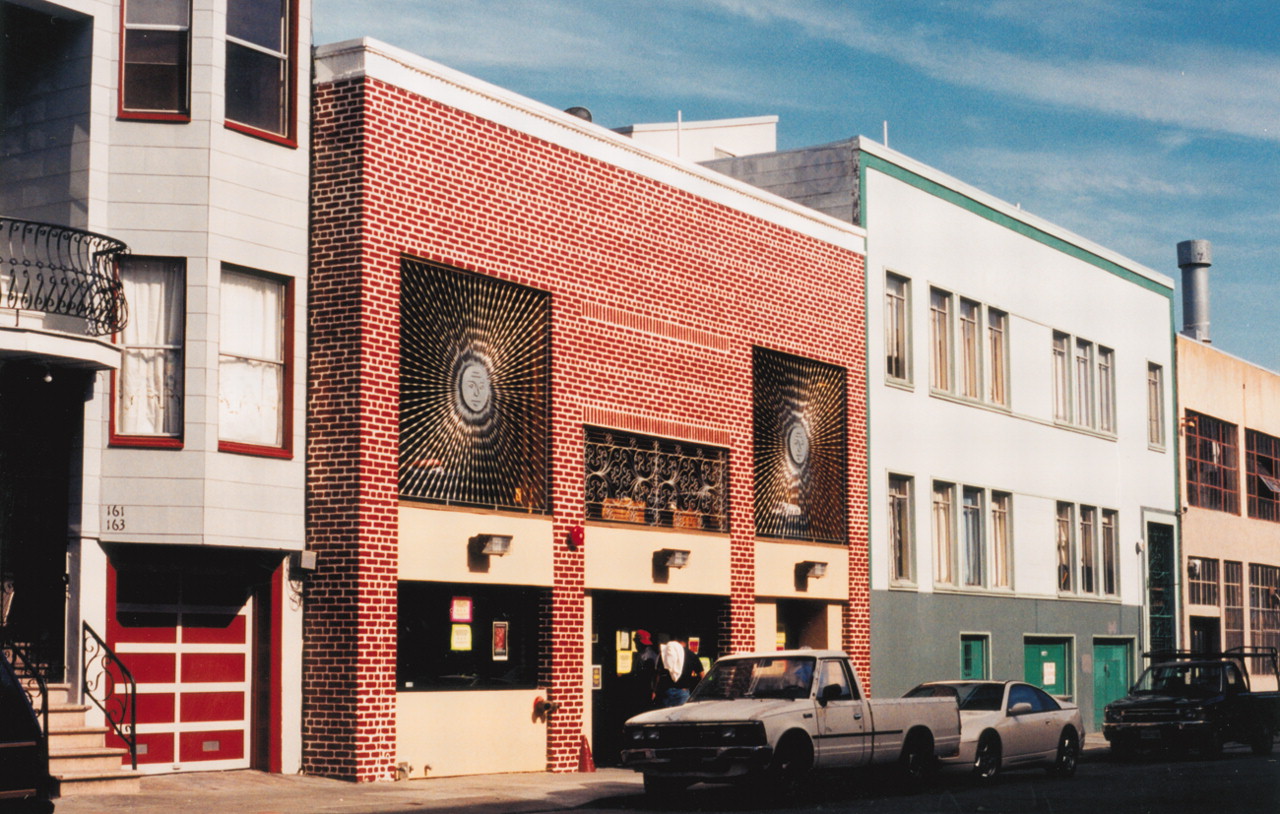Adam Nelson, M.D., a psychiatrist working for the Psychiatric Foundation of Northern California, is a big guy who goes around in a casual jacket and jeans and who “hangs out” with the less fortunate members of society.
“I’m the only psychiatrist I know who does psychiatry by motorcycle,” he says.
Nelson is attempting to improve the lives of the homeless in a city long famous for its beauty and now, alas, also becoming infamous for its homeless problem—San Francisco.
San Francisco’s homeless problem got national attention in May when it was the subject of a report on ABC’s “World News Tonight.” “San Francisco doesn’t know how many homeless it has,” declared anchor Peter Jennings. “Some say 8,000; others think as many as 14,000. It depends on who’s counting.”
Nelson puts the number at 6,000 to 12,000—but even that is a staggering number.
Working the Streets
Actually, Nelson is attempting to help San Francisco’s homeless as part of a team effort called the Brinton Homeless Project. Other members of the team are psychologist Michael Barbee, Ph.D., social worker Sue Ferrer, and outreach worker Abby Lehrman.
The project was launched by the Psychiatric Foundation of Northern California and is being financed by it (
see box). The mission of the project is to “provide psychiatric care and mental health services for those homeless persons in San Francisco who suffer from mental illness and have limited or no access to such services.”
Thus, the project team’s major activity is to work the streets—that is, try to make contact with people who are mentally ill and qualify for help under the terms of the project.
For example, Nelson may drive through some of San Francisco’s rundown neighborhoods on his motorcycle and stop to chat with heroin users. Or Nelson and Lehrman, a silver-haired, husky-voiced woman who has been helping San Francisco’s homeless for three decades, may cruise these neighborhoods in a car and halt from time to time to interact with street people.
The team then tries to sell homeless persons in poor mental health on the idea that they need help. “It’s difficult to approach a homeless person and say, ‘You know, you’re mentally ill, and we’re going to provide you with services,’ ” says Lehrman. “So we have little carrots—and one is that homeless people who are ill are eligible for Supplemental Security Income. So I’ve sort of got a reputation on the street, ‘Oh, Abby, she’ll get you SSI.”
Then after that, Nelson explains, “We introduce them to the idea, ‘Hey, you can actually see a psychiatrist; you can actually see somebody who can give you medicine, who will take away that paralyzing anxiety, that severe paranoia, those voices that won’t leave you alone in the night.”
Finally, potential patients are encouraged to drop in at any one of five established homeless centers where Nelson, Barbee, Ferrer, and Lehrman provide mentally ill homeless people with help. The centers are Caduceus Outreach, Continuum Day Services, Glide Health Clinic, Haight Ashbury Free Medical Clinic, and Mission Neighborhood Health Center.
Nelson, Barbee, Ferrer, and Lehrman cycle through each of these centers on a regular schedule. “We literally plop ourselves down in each of the facilities we work at, just occupy a little work space,” Nelson explains. “Actually, my office is a little black bag that I tote around with me wherever I go.”
They also use the record-keeping system in each center to make sure that other clinicians on site have access to information about the homeless individuals whom they have helped.
Challenges Small and Big
Not surprisingly, working with individuals who are both homeless and mentally ill is not the easiest task. Some of the challenges are small. For instance, Ferrer is a lively, young, unattached Latino-American who knows a lot of street people. “Sometimes when I’m on a date,” she chuckles, “a homeless person who knows me will come up to say ‘Hi.’ I then introduce him to my date.”
Other tests, however, are bigger. For example, Nelson’s cell phone, a vital part of his operation, was appropriated by a homeless person. Thus, the team lives with the awareness that there is always a risk of being mugged or attacked by mentally unstable street people. In fact, an APA member attending the annual APA meeting in San Francisco in May was beset by a mentally unstable homeless person and seriously injured, although none of the Brinton Homeless Project team members has been attacked yet.
“The homeless population is not so much dysfunctional as unpredictable,” explains Mel Blaustein, M.D., president of the Psychiatric Foundation of Northern California. “They can be paranoid, terrified, or whatnot. I’m amazed that Sue and Abby feel comfortable going out on the streets with them.”
People Get Help, Dignity
Thanks to the team’s courage, street savvy, energy, and hard work, however, they have managed to help at least 300 homeless individuals since the project was launched in 1999. “Three hundred” may not sound like many in view of the enormous need: a third of San Francisco’s homeless population—anywhere from 2,000 to 4,000 persons—is estimated to be seriously, persistently mentally ill; some 80 percent—anywhere from 5,000 to 10,000 persons—have mental health problems, substance abuse problems, or both. Nonetheless, helping 300 people is impressive considering the dearth of volunteers and resources.
One way that the team has helped these individuals is with a proper diagnosis of their mental illnesses. For instance, “One of the things that I have discovered in working with this population,” Nelson says, “is that there is an incredibly high percentage of posttraumatic stress disorder, much higher than I expected. It’s not just from living on the street, mind you, because living on the street is a traumatizing experience in itself. It’s also from having been physically and/or sexually abused before the age of 14.”
Take the case of “Delores.” “She was in pain, a lot of distress, having nightmares about being sexually abused,” says Nelson. “If anybody yelled within 20 yards of her, she would jump.” Yet before Delores got help from Nelson and his team, that is, when she was in jail for a while, her posttraumatic stress disorder was not detected.
Another way that the team has helped these people is by giving them treatment. Sixty-two-year-old “Bill” is one example. A few years ago, Bill’s wife and daughters left him; his health deteriorated, and he lost his job. He ended up on the streets, severely depressed. When the team connected with him, he got medication for his depression from Nelson and counseling from Ferrer.
The group is assisting these individuals in practical ways as well. For example, Lehrman helped Bill obtain Supplemental Security Income and rent a room in a building with a bathroom down the hall. “It’s great having my own place,” Bill tells Psychiatric News. “And with a TV, too,” he adds proudly.
And last but not least, the team is helping these individuals “see themselves as participants in a bad situation rather than as perpetrators of their own difficulties,” Nelson points out, “because, frankly, a lot are already blaming themselves, are already feeling bad.” ▪


